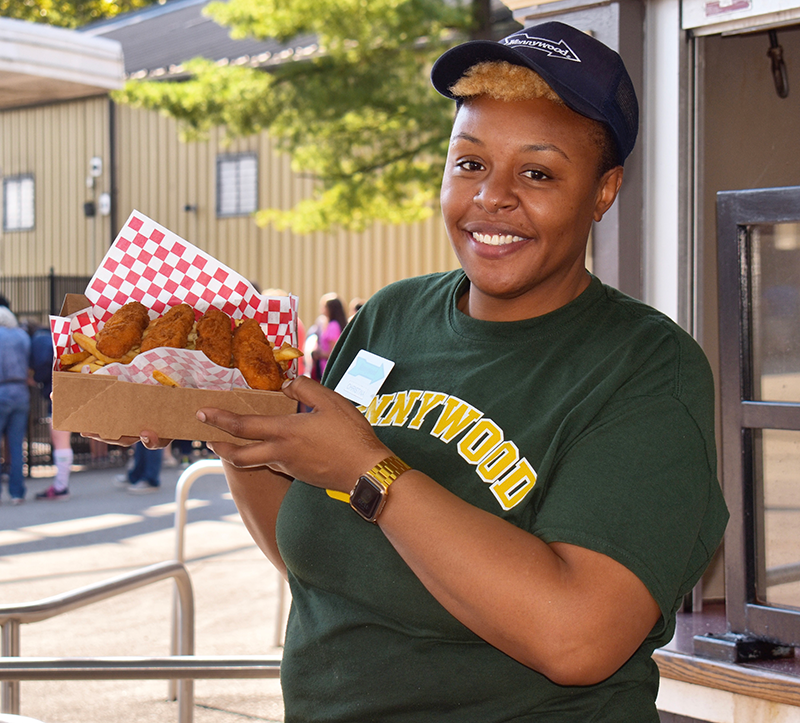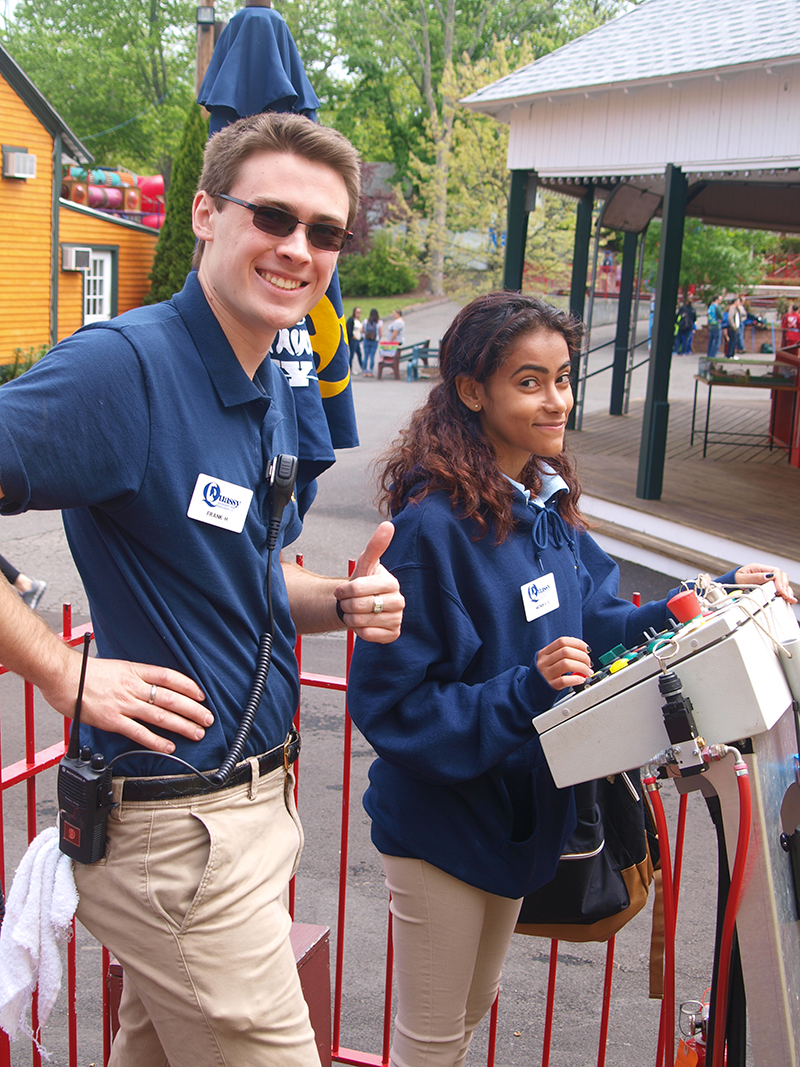Staffing Lessons Learned for 2022

2021 was a very tough year for theme parks seeking staff.
“I know of one park that held an on-property job fair where they were hoping to hire 500 to 600 people,” says Dennis Speigel, founder and owner of International Theme Park Services. “Only nine applicants showed up.”
The fallout from the COVID-19 pandemic is generally blamed for these labor shortages. But blame doesn’t solve staffing problems—smart action does. Here is what some theme parks did in 2021 to find the people they needed, how they made the most of the staff they had, and how they plan to apply what they learned to the 2022 season.
Finding the Right People
In recent years, social media and online recruitment have been seen as the most effective way for theme parks to reach young prospective employees. However, the pandemic turned this truism on its head.
“The least effective hiring approach was the traditional method of online postings in a standard application platform,” says Angie Minter, vice president of people and organization at Palace Entertainment, which operates amusement parks, water parks, and zoos in the United States and Australia. “Instead, we found success with marketing in-place, meaning at the parks with signage noting pay rates and methods to apply.”
Palace Entertainment also motivated applicants to attend its job fairs by giving them goodies just for showing up.
“We offered experiences at our job fairs like Potato Patch Fries, rides at Kennywood, and food and games at Dutch Wonderland,” Minter says. “Ticket and pass benefits for early applicants also proved to be successful.”
Quassy Amusement and Waterpark in Middlebury, Connecticut, did have some success using social media and conducting online interviews, but co-owner George Frantzis says he felt word of mouth and getting kids to bring their friends was the best strategy.
“It added a camaraderie that was infectious and made it a better work environment,” Frantzis says.
Speigel notes that many operators also utilized their own workforce to reach out to family and friends to see if they were interested in working at the parks.
“They’ve been incentivizing staff to do it in 2021,” he says, “and I think that will carry forward into the future as well.”
Boosting Retention at Palace Entertainment
Palace Entertainment convinced existing employees to stay using a multifaceted retention strategy.
First, the company researched pay rates for comparable jobs in the markets in which it operates to ensure that its wages were competitive with other employers. Based on this data, Palace Entertainment then made wage adjustments, as it found them appropriate, in each market. Next, Palace Entertainment offered career advancement options to existing staff.
“We began offering paid lifeguard training in markets where we did not previously,” Minter says. “We also offered retention incentives in those parks where we saw high turnover. Once we had the teams on board, it was important to us that we keep them engaged.”
It ended up paying off.
“All in all, these tactics worked and allowed us to expand our schedules across many parks, adding more than 300 operating days to our summer calendars,” Minter says.

Making the Most of What’s Available
Insufficient staffing levels in 2021 forced operators to deploy the employees they had with maximum effectiveness so they could open as much of their properties as possible during the season.
“We did a lot of cross training so kids could work in different locations,” Frantzis says about Quassy Amusement and Waterpark’s efforts. “For example, ride operators were also trained to do the ticket booth or group sales. So once we got the guests in, they would then move back to the rides department to start breaks or fill in areas where we delayed the opening of a ride.”
For Palace Entertainment, the number of available staff members per shift guided park operations during the challenging 2021 season.
“We made decisions regarding opening and closing of attractions as staffing required, sometimes closing an attraction for periods during the day to allow for rest breaks for our teams,” Minter says.
To make the most of the employees on-site, Palace Entertainment rotated trained staff between attractions, closing one to open another.
“While this is not ideal, it does allow for our guests to experience all of our attractions during their visit,” Minter says. “In some instances, we partnered with local businesses to provide food trucks to meet guest demand and cleaning services to allow us to focus on the guest experience. We worked with industry partners to supplement maintenance staff. We are currently offering a volunteer program for our fall events that benefits local nonprofit organizations.”
Key Takeaways
For Palace Entertainment and Quassy, coping with staffing shortages taught them to be flexible, adaptive, and attentive in attracting new staff to their properties and motivating that staff, as well as existing employees, to stay on.
“We were reminded that we must be creative, agile, and quick to make smart decisions,” Minter says. “You must constantly evaluate your strategy and be willing to test new ideas.”
Frantzis agrees, saying, “You need to get past employees to be your cheerleaders and get them to recruit new employees on your behalf.”
Succeeding in 2022 and Beyond
For operators such as Palace Entertainment, addressing staffing shortages is no longer a fearsome issue.
“In 2021, referral incentives, pass offers for early applicants, and job fairs were most successful for our parks,” Minter says. “We intend to employ all of those methods for 2022. Building the foundation of returning employees is key to our short-term and long-term success. I was one of those high school and college students, and here I am, 27 years later.”
This last point resonates with Quassy’s Frantzis.
“We have to keep working on making the theme park work environment a fun and rewarding place to be,” he says.
